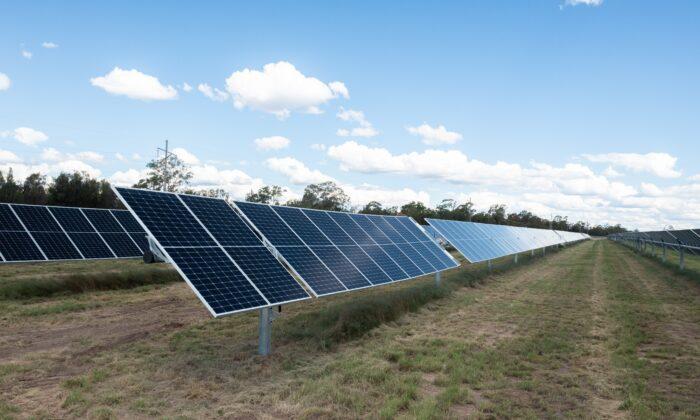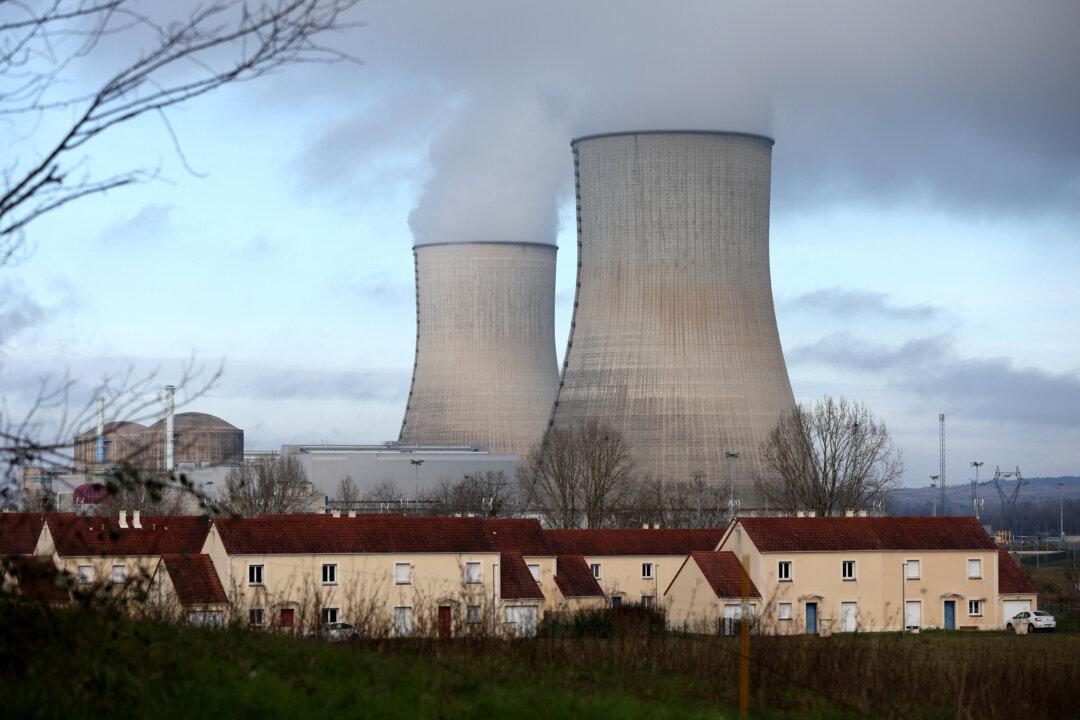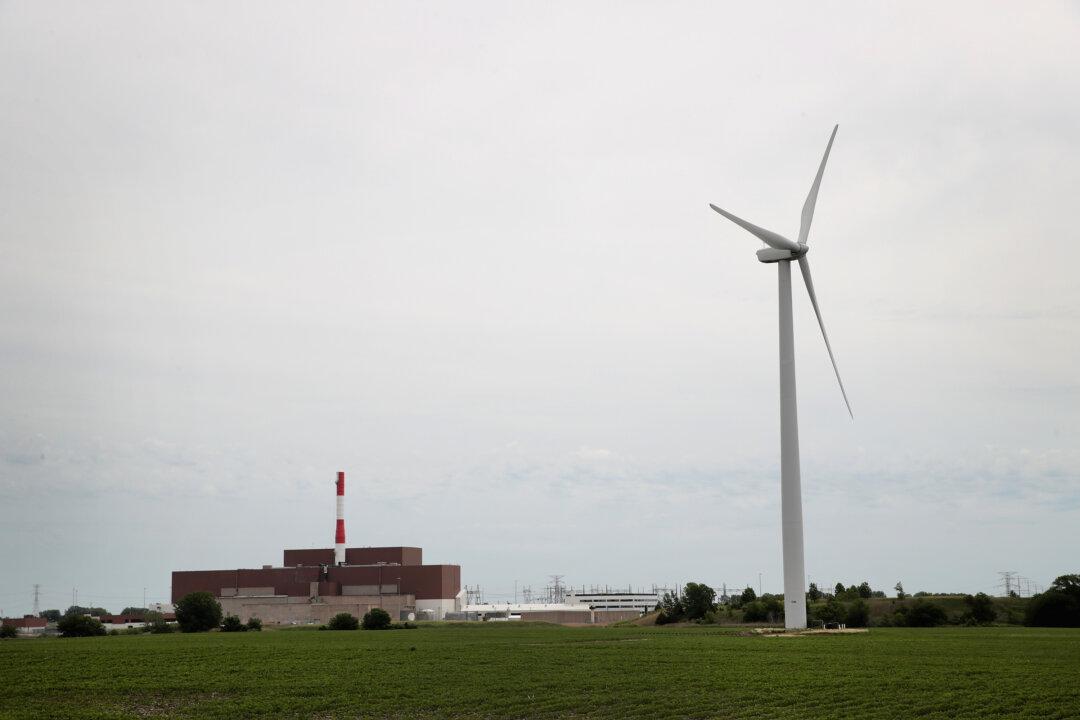Australia’s wholesale electricity and gas prices regained their growth momentum in the June quarter after a period of sharp decline.
However, they were much lower than the extreme highs recorded a year ago as production capacity improved.
The rises were due to higher demand caused by winter, the seasonal drop in solar generation, and a reduction in the capacity of coal-fired power plants in Queensland and New South Wales (NSW).
The shutdown of NSW’s Liddell power station in April resulted in a loss of 800 megawatts of generation capacity and contributed to higher wholesale prices.
However, the loss was offset somewhat by the entry of 1,100 megawatts of new solar, wind, and battery capacity.
As more rooftop solar panels came online, the average electricity demand in the quarter was lower than a year ago during the day but not in the evening peaks and at night.
At the same time, wind output hit record levels in the NEM with Victoria, South Australia, and energy companies increasing their investment in the technology.

AER board member Justin Oliver said the energy regulator was pleased with electricity price movements in the June quarter compared to last year.
“We have seen far fewer coal generator outages and more coal capacity offered into the market than the same period last year.”
Despite wholesale electricity prices slumping from the peak in the June quarter of 2022, Australian households still suffered from high retail electricity prices.
Gas Spot Prices Increase in June Quarter
During the quarter, the average gas spot prices at the east coast market stayed at $14.50 per gigajoule, up from $12 in the previous three months.This was mainly driven by supply constraints at the Longford gas plant and transportation constraints on the Moomba to Sydney pipeline that coincided with a period of high demand in Victoria.
Nevertheless, the supply constraints were later resolved, resulting in more pipeline capacity flowing to the south in June.
Meanwhile, there was a downward price movement in the international liquefied natural gas market due to a decline in heating demand in the northern hemisphere.
Energy Market Outlook
The energy regulator forecasted a drop in wholesale electricity prices in the third quarter of 2023 due to a combination of factors, including warmer-than-expected winter temperatures, increased wind output, and a strong chance of El Nino conditions returning.Under the forecast, Victoria would see the most significant decrease, with prices falling to around $32 per megawatt hour.
NSW, South Australia, and Queensland would also experience a drop in prices.
While future spot prices were expected to remain stable in the three months to December, the AER said prices would increase in Queensland, NSW, and South Australia in the first two quarters of 2024.
The energy regulator cited a delay in the return to service of several generation units in the Callide Power Station, a change in the weather pattern, and potential unplanned outages as the main reason for the price hike.





